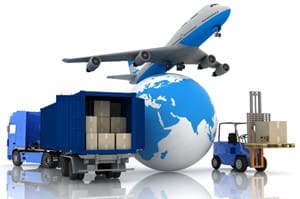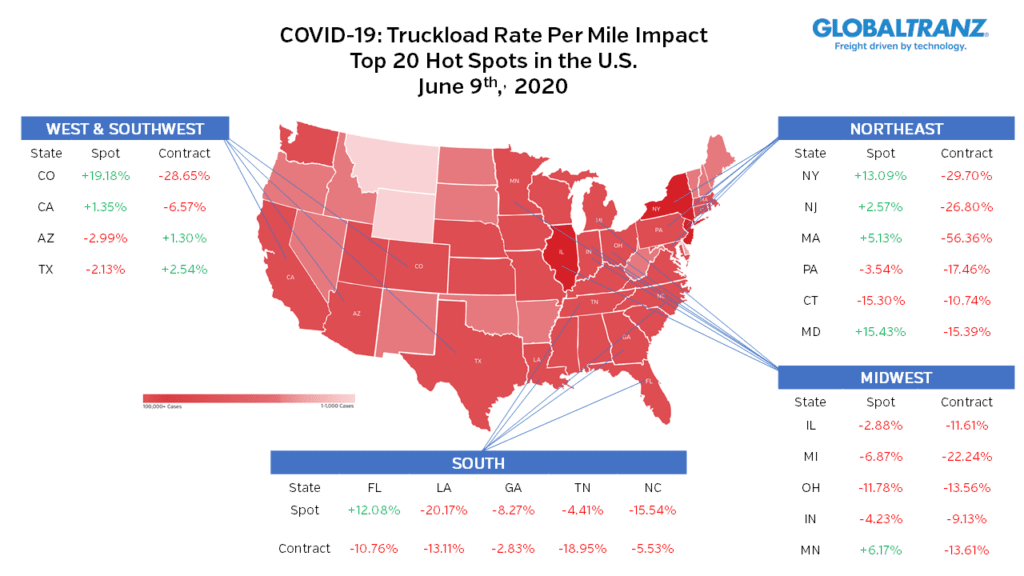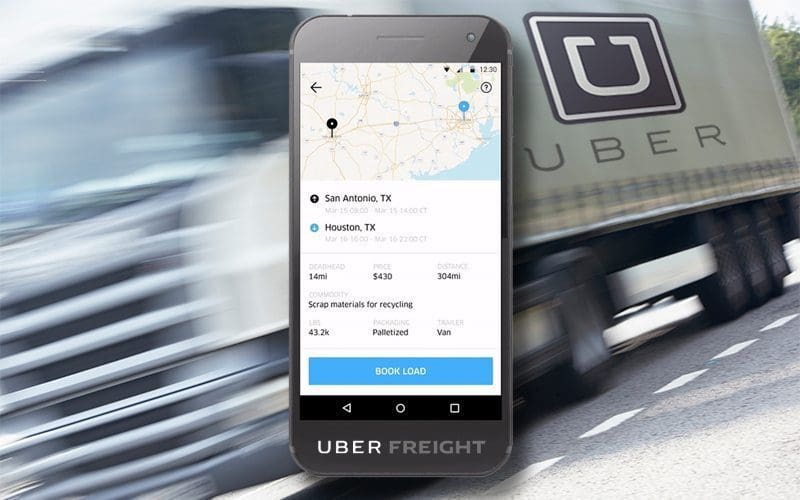Note: Today’s post is part of our “Editor’s Choice” series where we highlight recent posts published by our sponsors that provide supply chain insights and advice. Today’s article is from GlobalTranz and looks at the difficult decision of transitioning in-house logistics to managed services.
 The supply chain is evolving, and the standards used for managed logistics transportation services today are more data- and technology-driven than those of the past. As market volatility, delivery expectations and customer experience levels impact supply chain strategy, shippers are looking for new ways to drive operational and competitive advantage from external expertise. Shippers should consider the following as indicators for when to add an outsourced managed logistics transportation services provider.
The supply chain is evolving, and the standards used for managed logistics transportation services today are more data- and technology-driven than those of the past. As market volatility, delivery expectations and customer experience levels impact supply chain strategy, shippers are looking for new ways to drive operational and competitive advantage from external expertise. Shippers should consider the following as indicators for when to add an outsourced managed logistics transportation services provider.
Indicator 1: It’s Difficult to Track Your Inventory From Suppliers Through Final Mile
Poor visibility will lead to additional delays in executing shipments, sharing updates with network partners, and adverse impacts on customer experience. Inventory tracking and visibility must be present from the first mile through the final mile, reflecting the entire shipment lifecycle through white glove services.
Indicator 2: Freight Spend Seems to Be Spiraling Out of Control
Another indicator of switching from in-house to managed logistics transportation services is expanding freight spend. This can be a confounding issue. During times of high market volatility, freight spend will inevitably grow faster than anticipated. However, tendering shipments at higher rates in low volatility markets would suggest overspending, and for some shippers, those areas of excess spending may not necessarily be easy to identify. Gradually increasing freight spend that seems out of pace with the current expansion of your network and shipment volume is the defining indicator that it is time to consider outsourcing.
In a well-set-up, managed logistics solution, 3PLs should serve as strategic partners and ensure financial controls are in place across various levels, point of execution through financial forecasting, auditing, and the last mile delivery.
Indicator 3: Obtaining Coverage Is Taking Too Much Time From Your Back-Office Workers
Difficulty getting coverage for shipments, a top issue within a capacity tightened market, is another indicator that it may be time to outsource with a managed logistics company. Depending on the typical workflows in your organization, spending too much time trying to get coverage for a load will lead to added back-office expenses. Take an example.
If it takes a team member 20 minutes to obtain coverage for a given shipment, that effectively limits the number of shipments covered for a week to 116. Now, let’s assume that that team member makes an hourly wage of $20. That amounts to $800 in cost just for finding coverage across 116 shipments. Meanwhile, an automated tendering process within a TMS that could reduce the time needed down to mere minutes, such as five, would have the net effect of increasing the total volume of shipments tendered to 464 without necessarily increasing the back-office cost for that team member.
To read the full article, click HERE.






















